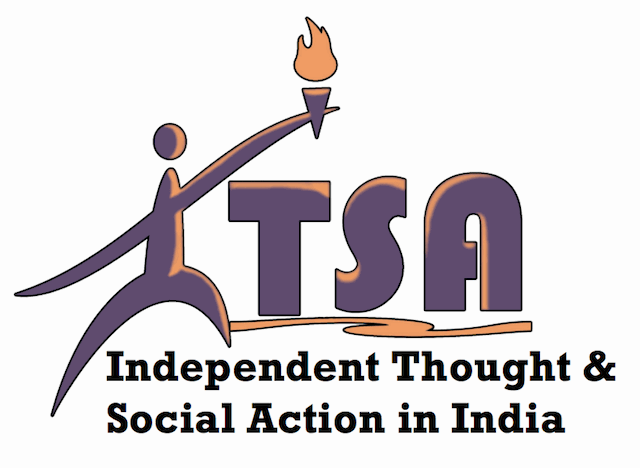Being in Ahmedabad with ITSA has certainly caused me to think more
critically about how I perceive others based on social cues. Although much of
this thought has occurred in adjusting to city life here, the “Stereotype-Rank
Game” used in the ITSA workshop curriculum, helped me to further reflect on
these interactions.
To play, participants are given a post-it note with a certain occupation
on it – for example, male lawyer, female adult beggar, secondary school
student, ITSA intern, etc. Although participants can see the post it notes on
others’ heads labeling what social group others belong to, they cannot see what
occupation is stuck on their
forehead.
Participants are thus asked to guess what label is on their forehead through noticing how
others treat them when engaging in conversation.
The activity ends by having participants try to sit in a circle and
guess the label on the post it.
Ultimately, participants make a chart of how much power each individual
from a social category carries. For instance, students ranked that a school
principal possessed more power than a vegetable seller.
It’s interesting because both times that I saw individuals play these
games – the workshop facilitators played it while preparing for the workshop,
and the secondary school students played in the workshop - was striking because it drew attention to
just how many social cues others provide in order to identify how they should
treat others.
I noticed that when both workshop participants and the ITSA interns had
an easy time identifying what occupation they were, but how they discovered this information varied. Despite the
differences in upbringing of the Indian workshop attendees and foreign interns,
their interactions took on a similar character. For instance, individuals who
were beggars in this activity discovered this information because of the body language of others, such as when
others in the activity would not make eye contact with them. On the other hand,
individuals playing roles such as school principal inferred the occupation on
their sticky-note through verbal cues.
Watching the interns and workshop attendees play this game proved to be
a timely reminder in thinking about how social inequities are reproduced through
daily interactions. Inequities do not just exist through material means, such
as through differences in access to health or housing, but also within
interpersonal interactions. Words become a special form of currency reserved
for those deemed powerful enough to provide a response; principals may fall
into this category, while beggars do not.
Although the activity is known as the “Stereotype-Rank Game,” it
touches uncomfortably close to the unspoken assumptions underlying everyday life.





No comments:
Post a Comment